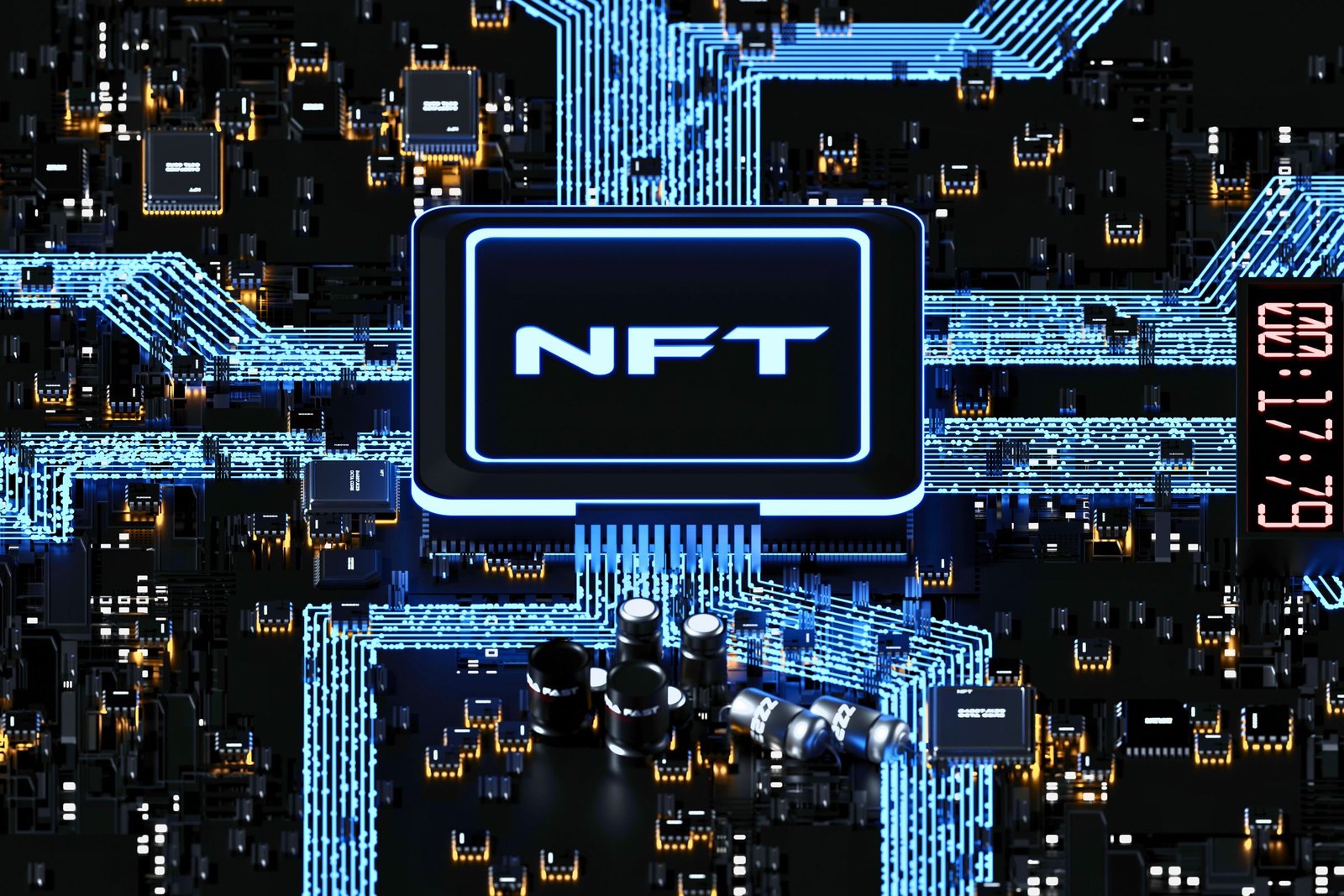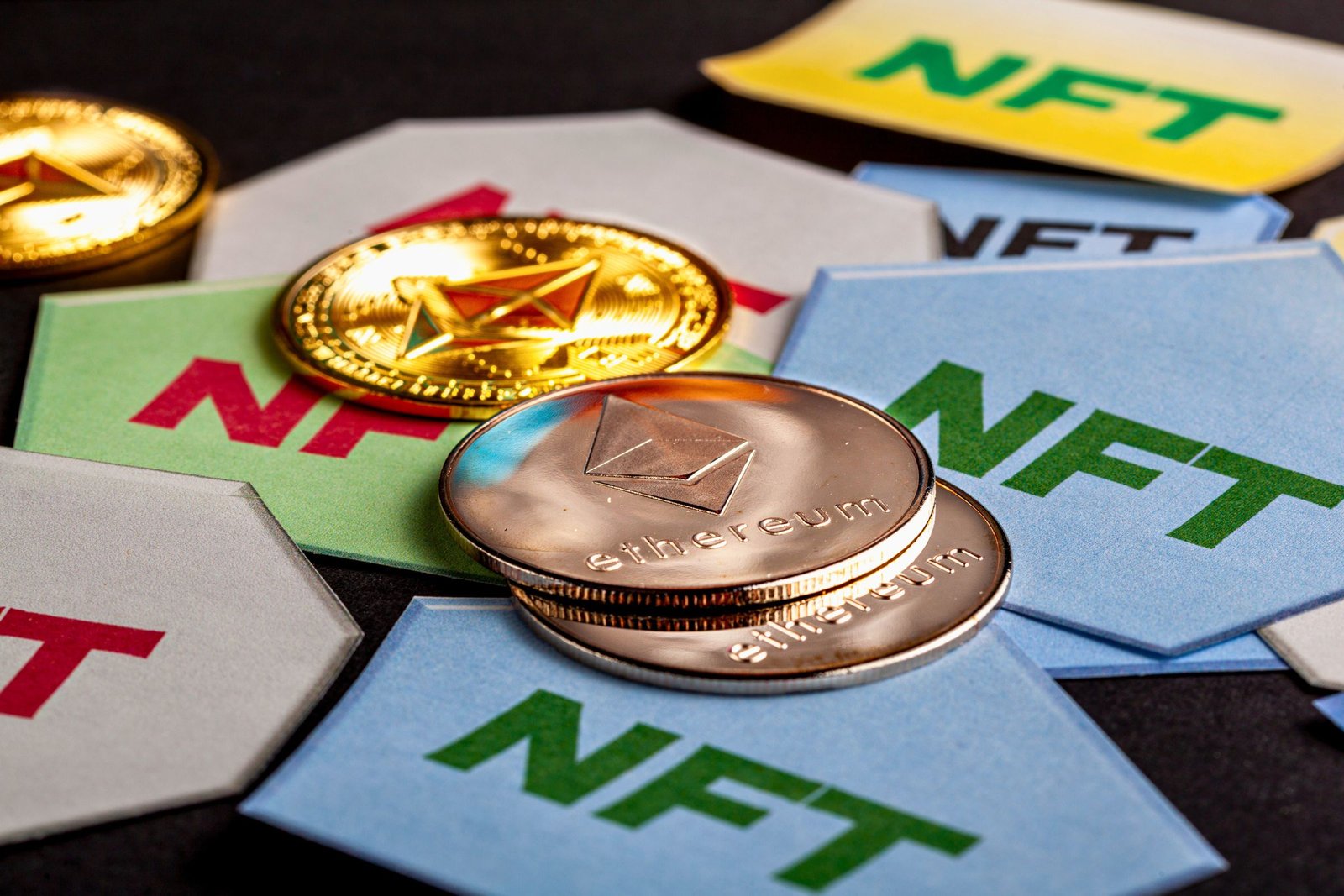Blockchain and NFTs: The Marriage of Security and Transparency

In the realm of Non-Fungible Tokens (NFTs), the marriage between blockchain technology and these unique digital assets is a symbiotic relationship that goes beyond surface-level transactions. Understanding how blockchain and NFTs are intertwined is crucial to appreciating the unprecedented security and transparency they bring to the digital landscape.
The Decentralized Ledger:
Blockchain serves as the decentralized ledger underpinning NFTs. Unlike centralized systems, blockchain is distributed across a network of computers, each node containing a copy of the entire ledger. This decentralization ensures that there is no single point of failure, making the system highly resilient to hacking or manipulation.
Tamper-Proof Transactions:
NFTs leverage blockchain’s fundamental feature: immutability. Once a transaction is recorded on the blockchain, it cannot be altered or deleted. This ensures the permanent and tamper-proof recording of ownership and transaction history for each NFT. This feature not only instills trust but also provides a transparent and auditable trail of ownership.
Smart Contracts:
Smart contracts, self-executing agreements with the terms of the contract directly written into code, play a pivotal role in NFT transactions. They automate the process of transferring ownership, ensuring that once certain conditions are met (such as payment), the ownership of the NFT is seamlessly transferred. Smart contracts eliminate the need for intermediaries, reducing the risk of fraud and increasing transaction efficiency.
Interoperability and Standards:
Blockchain provides a standardized framework for NFTs through protocols like ERC-721 and ERC-1155. These standards ensure that NFTs created on one blockchain platform are interoperable with others, fostering a unified and accessible ecosystem. This interoperability expands the reach of NFTs and contributes to their widespread adoption across different platforms and marketplaces.
Transparent Ownership:
Blockchain’s transparent nature is a game-changer for NFT ownership. Anyone can trace the entire history of an NFT, from its creation to its current owner. This transparency not only verifies the authenticity of the NFT but also builds trust among creators, collectors, and investors, fostering a more open and accountable digital marketplace.
Energy Efficiency Concerns:
It’s crucial to note that while blockchain provides security and transparency, concerns about the energy consumption of some blockchain networks, such as Ethereum, have been raised. As the industry evolves, efforts are being made to address these concerns through the development of more energy-efficient consensus mechanisms.
In essence, the integration of blockchain technology and NFTs represents a paradigm shift in how we establish trust and transparency in the digital landscape. This synergy not only elevates the concept of ownership but also lays the foundation for a decentralized and secure digital future. As we delve deeper into the world of NFTs, understanding this dynamic duo is key to navigating the complexities and possibilities they bring to the forefront of digital innovation.








